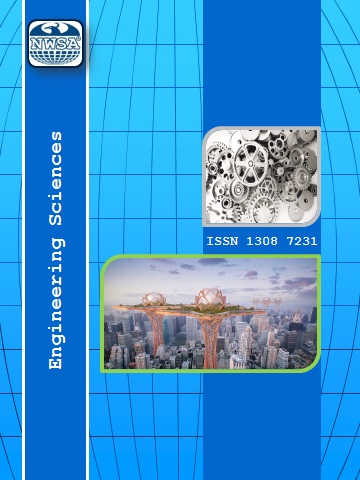EFFECT OF ORIENTATION ANGLES ON VIBRATION PROPERTIES AT CARBON FIBER REINFORCED POLYMERIC COMPOSITES
Muhammet Raci Aydın1
,
ÖMER GÜNDOĞDU2
,
BARBAROS KAYA3
,
GÜRBÜZ BAYRAKTAR4
,
OKAN KAAN AKSUOĞLU5
,
OSMAN HOTUNLU6
In this study, composite plates with dimensions of 300x300mm were produced by VARTM (Vacuum Assisted Resin Transfer Molding) method using unidirectional carbon fiber fabrics. The composite plates were produced symmetrically at four different orientations ((0°)4,(60°/-30°)S,(45°/-45°)S, (0°/90°)S) and four layered. Required specimens according to three-point bending and vibration tests related ASTM standards for were cut from produced plates. The maximum flexural stresses of the specimens were determined by performing three-point bending tests. Free vibration tests under fixed-free boundary conditions were performed to determine their natural frequencies and damping ratios. As a result of the tests, specimens with (0°)4 directional angles were found to have the highest bending strength. Also, composite specimens with orientation angles (0°)4 have the highest natural frequencies and lowest damping ratios. (45°, -45°)S, the natural frequency values were the lowest while the damping ratio values were found to be the highest.
Keywords
Laminated Composite Structure,,
Fiber Orientation Angle,
Vibration Properties,
Damding Ratio,
Flexural Stress,
 +90(535) 849 84 68
+90(535) 849 84 68 nwsa.akademi@hotmail.com
nwsa.akademi@hotmail.com Fırat Akademi Samsun-Türkiye
Fırat Akademi Samsun-Türkiye
